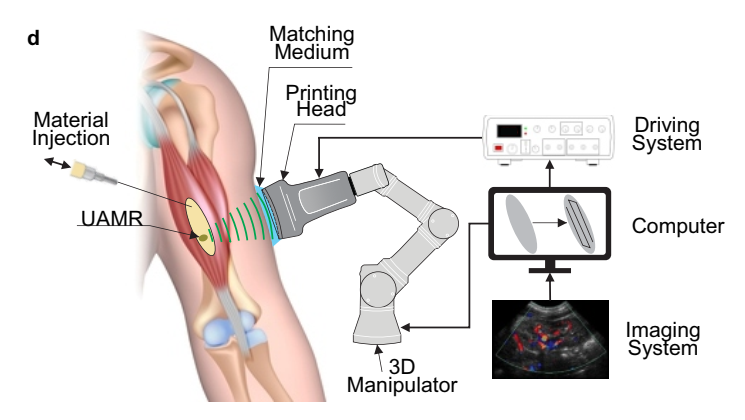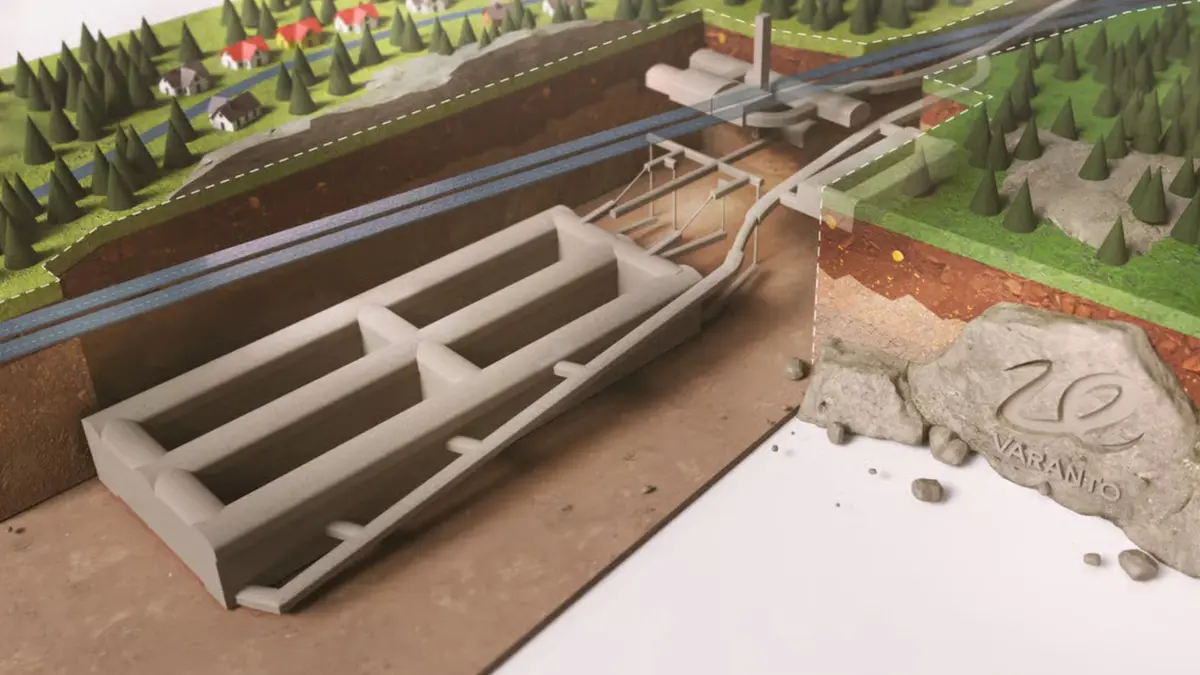As subsea remotely operated underwater vehicles (ROVs) use more advanced technology, their use for underwater engineering roles will expand.
Today’s technology allows for ROVs that are, in essence, tethered underwater mobile devices. Key to today’s ROVs is software such as SeeByte, a smart software for unmanned maritime systems.
ROV services in the oil and gas industry include the installation of subsea umbilicals, risers, and flowlines (SURF), the management, surveying, inspection, repair, and maintenance (IRM) of subsea infrastructure, and the fabrication, installation, and refurbishing of fixed platforms and pipelines in shallow water environments. In addition, subsea ROVs are used in the installation of modules and platforms, subsea intervention, and Seaway Heavy Lifting (SHL) operations.
Subsea Explore Services (SES) is a leading seabed-to-surface services contractor in the oil and gas industry. The company owns a fleet of 315 ROVs and deploys more than 2,000 offshore personnel to operate and maintain them. SES ROVs include the Magnum ROV, which deploys thermoplastic hoses and steel tubes, subsea work packages, production control equipment, workover control systems, clamp connectors, pipeline connectors, control valves, and chemical injection valves in the oil and gas industry.
The following video shows an Oceaneering Magnum ROV launch. Here is the spec sheet.






